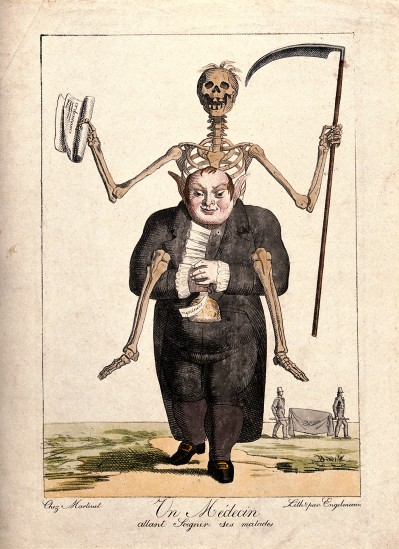Where It Came From
A guy named Rob told me about noodling. I hadn’t known him long; he was a friend of a friend. We were drinking on a roof, which we did often in those days, in early 2000, outside Boston. This particular roof, a thin, slanted affair with a twenty-five foot drop to a driveway below, probably constituted the most dangerous.
In this same conversation, Rob claimed that he could leap from the roof, across the driveway (about the width of a car and a half) and grab onto a sapling on the other side, which would gently lower him to the ground like he was in some Disney movie. Despite the allure of watching Rob break both his legs, I failed to dare him, lost in thought over this noodling thing. Most of Rob’s stories walked the line of truth, and some of them appeared to jump over it like a measly driveway, but more than a decade later I have found a stunning majority of them to be fact. At the time, I didn’t care if it was real or not—I rarely do.The seed, the thought of men catching fifty-pound fish with their bare hands—the tough ones without gloves—hovered in the back of my mind for a long time. I have always loved fishing stories and watch fishing shows on television to relax sometimes, even though fishing in person with my grandfather or my father never held a lot of appeal for me. It’s such quiet, patient work. Noodling, however, felt like something completely different, and I rolled it around in my head for a while, trying to find something that would make it feel less like a concept and more like a story. I finally coupled it with this idea of a child who’s been kind of thrown away, and the rough story came together very quickly.
Helping this along was the appearance of Griff Boxtell, who I loved creating. The only difficulty I had was reining him in. I wish I could remember how he originally came into being, but the outfit I describe him in when Caleb finds him working on the stolen motorcycle is how I pictured him at first: torn cargo shorts, patriotic t-shirts, bare feet.
The story emerged in a workshop in 2006 with one of its many horrible titles, and then I worked on it off and on for the next five years or so, getting wonderful help and advice from a number of people along the way. Margot Livesey and DeWitt Henry helped me find the emotional heart of the story in Clay’s relationship with his grandparents. The last few scenes with them still feel brand new to me, and when I think of the story, I often forget them, but they are, in fact, essential to understanding who this boy is, who we hope he becomes, and who he ends up being.
After I’d finished a few drafts, I stumbled across a documentary on noodling, and knowing it was real didn’t do anything for the story except give me an answer when people asked whether I’d made it up.


